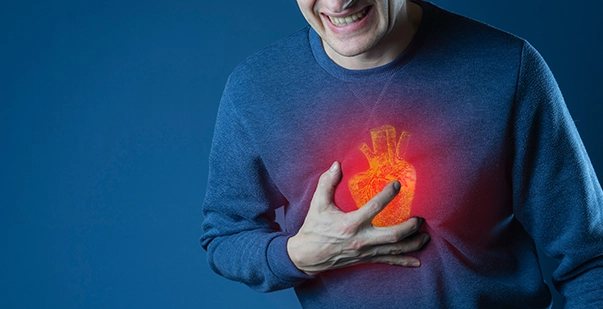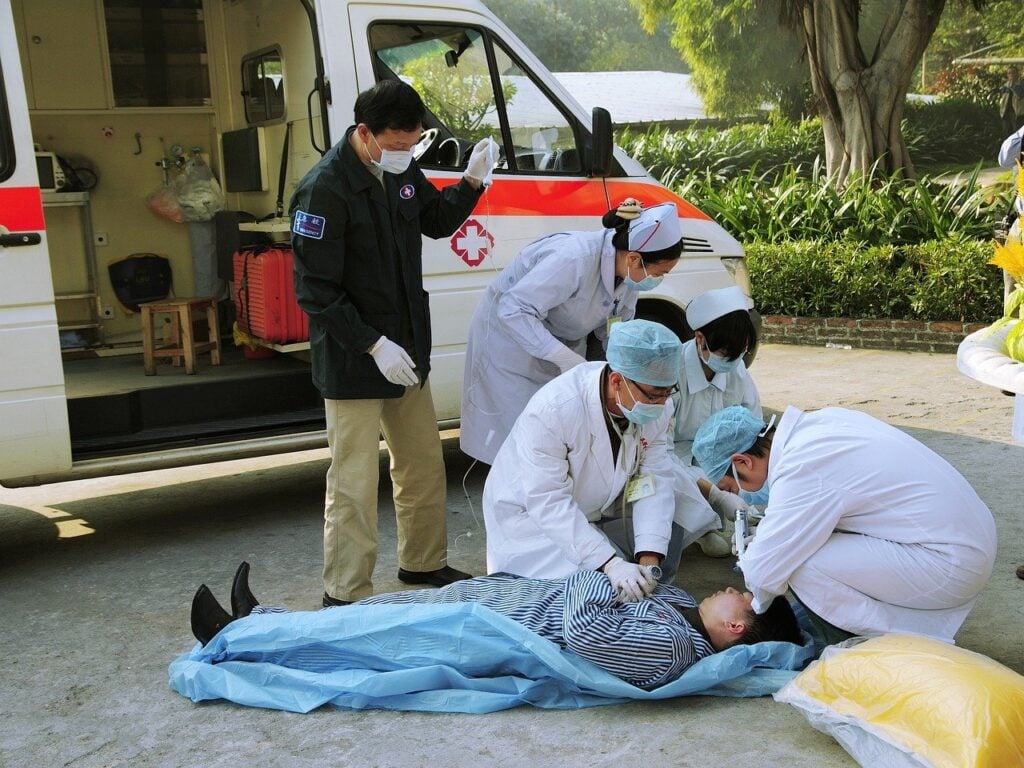
Last Updated On: January 23, 2025
Cardiac arrest is a life-threatening emergency that occurs when the heart suddenly stops beating effectively, leading to the cessation of blood flow to the brain and other vital organs. Immediate and effective action by healthcare providers can significantly improve the chances of survival and recovery. Here’s a step-by-step guide on how healthcare providers can help someone experiencing a cardiac arrest:

When someone’s heart stops working, it’s called a cardiac arrest. If this happens, it’s important to act quickly and give them the right kind of help. The steps in tackling cardiac arrest are:
It’s important to start CPR as soon as possible because the longer a person goes without a heartbeat, the less likely it is that their heart will start working again. The defibrillator is also very important because it can sometimes “jumpstart” the heart.
By providing CPR, using a defibrillator, administering emergency medication and calling emergency services, we can help to increase the chances of survival for someone experiencing a cardiac arrest. It’s important to remember that every second counts, so it’s crucial to act quickly.
When someone suffers from a cardiac arrest, it is essential to get medical intervention quickly. Steps in tackling cardiac arrest include:
With the help of these cardiac arrest first aid, the chances of survival can be increased.
There are two main types of treatment: Basic Life Support (BLS) and Advanced Cardiac Life Support (ACLS).
BLS:
ACLS:
BLS is the first step in treating a cardiac arrest, it includes basic life-saving measures. ACLS is a more advanced treatment that is usually given by medical professionals in a hospital setting.
Cardiac arrest is an urgent issue that requires immediate attention. When someone has a cardiac arrest, doctors and other medical professionals use special treatments to try and save their life. Treatments like ACLS, and BLS are crucial for the survival of the patient in cardiac arrest and should be administered as quickly as possible. When you register with an institute like American CPR Care Association you can be rest assured they’ve got you covered.

